Best Laid Plans: Machu Picchu and the Inca Empire
James Dart and his wife ruminate on the “the best laid plans” of the Inca Empire, while experiencing a planning failure of their own…
"The best-laid schemes o' mice an' men go often askew." I cannot recall exactly when Rabbie Burns' famous line came to me during our holiday in Peru. That is, I'm not quite sure if I related it to our own trip to Machu Picchu, or to the doomed Inca Empire.
Lima
It all started pleasantly enough, with a straightforward flight from London via Dallas Fort Worth to Lima.
The Peruvian capital is an assault on the senses, a dose of tropical chaos, where pre-Columbian temples sit in the shadow of modern high-rises.
But before we got to grips with the haphazard layout of the city – not to mention the traffic, the noise and the food – our first task was to get used to the heat. However, after the chill of a British November, this was a most welcome challenge. In addition, having travelled westwards, jet-lag was minimal.
Like so many other Peru-bound tourists, the main focus of our trip was Machu Picchu. But as eager as we were to set off into the fog-shrouded hills and discover for ourselves the incredible remnants of the Inca Empire, we first spent a day in two of Lima's many museums – the Museo Larco and the National Museum of Archaeology, Anthropology and History. Both were fascinating and reminded us that it wasn't only the Incas who once dwelled in these parts: before them came the Paracas, Nazca, Wari, Chimu and Mochica – to name a few.
With only limited time, the richness of Peruvian history of culture is almost too much to take in. Both my wife and I have long harboured a desire to visit Machu Picchu, but found that our historical knowledge of the citadel and its civilisation was rather wanting. After the museums our heads were filled with the incredible – and sometimes bloody – tales of these long-vanished empires, making us even more excited about visiting the world famous citadel itself.
Cusco
After a pleasant stay in Lima's cosy Imperial Inn by the ocean, we made the short flight to Cusco, the old Inca capital. With more than 40 departures each day, booking seats was no problem.
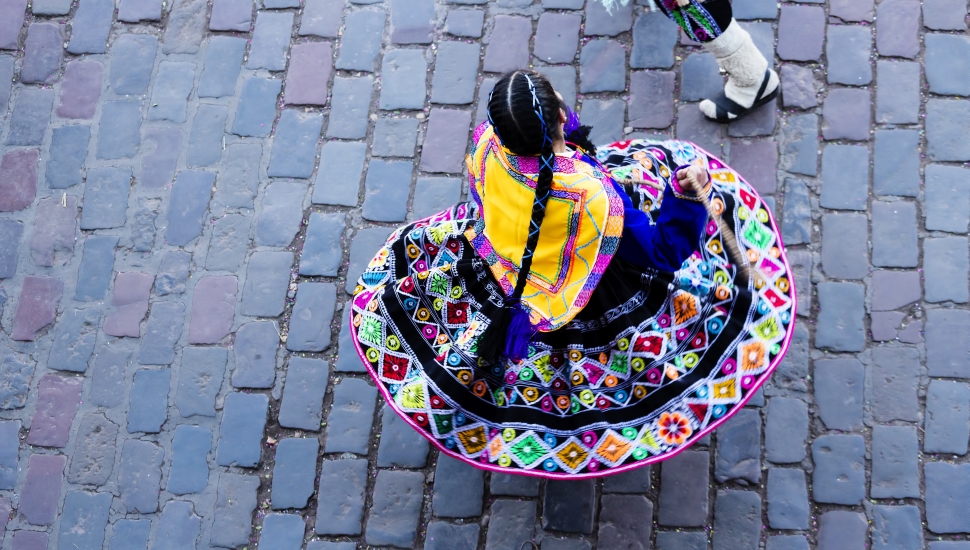 Cusco, Peru (jeffwqc/Bigstock.com)
Cusco, Peru (jeffwqc/Bigstock.com)
In Cusco – a much quieter city than Lima – we explored the magnificent churches left by the Spanish, as well as the impressive Saksaywaman citadel – giving us a taste of the architecture we would see in Machu Picchu. To our astonishment the walls of Saksaywaman were built without any mortar at all; these huge stones were cut so they would fit each other perfectly – an incredible feat considering it was over 900 years ago.
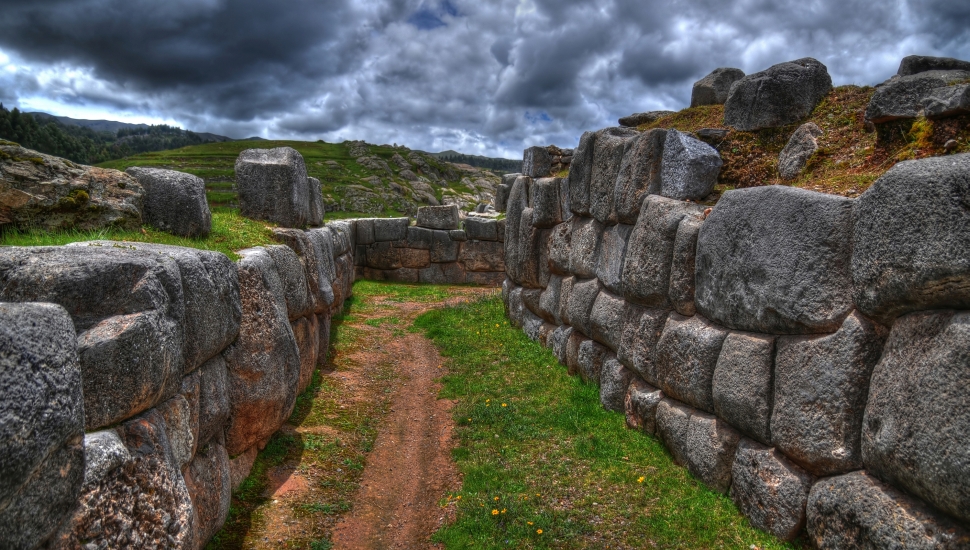
Urubamba, Sacred Valley of the Incas
After a night in the simple but comfortable Hatun Quilla, the friendly hotel owner organised for us a taxi to Urubamba, about an hour's drive north east. As we rose into the fog-embraced hills, the sense of entering a mysterious land grew and grew.
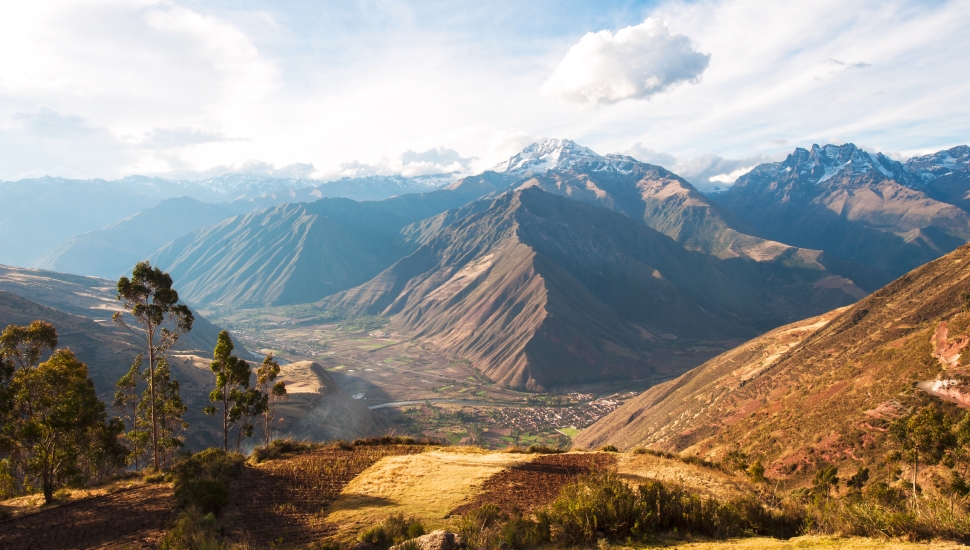
Urubamba is the largest town in the Sacred Valley of the Incas and would be our last stop before Machu Picchu itself.
Ruminating on the Fallen Empire
As we sat in the delightful garden of Eco Lodge Urubamba that evening, we spoke to other guests who had already been to Machu Picchu. Discussing these ruins added to the excitement – although I also felt that talking to those who had seen Machu Picchu was like being told the plot to a film we hadn't yet seen.
Still, the discussion served as a reminder of the scale of the Inca Empire, which was comparable in size to many European realms – covering parts of several modern-day South American countries. But the grand architecture and huge power of this ancient empire was rendered obsolete by Europeans – particularly the Spanish. Yet while the Conquistadors were undoubtedly brutal in their conquest of the Incas, what really brought this civilisation to its knees were the many diseases introduced by the settlers – most notably smallpox, typhus and influenza.
And so the Burns' line – about a mouse whose nest the poet accidentally destroyed while ploughing a field – seems appropriate for this astonishing empire.
Ticket Problems
However, for us too, the line proved poignant. We were told that our tickets – which we bought in the UK just before leaving for Lima had "not gone through" – seemingly because we purchased them outside Peru. This dismayed us a great deal, especially since it seemed impossible to buy new tickets for the next day.
Despite our lack of tickets, we decided to take the train as far as we could, still hoping that we could somehow gain entry to the Inca citadel. This was South America after all, where everything seems possible, even when it isn't!
Agues Caliente
Rising early, we took the train – which was more modern and comfortable than we expected – up to Aguas Caliente, where we found an outlet selling tickets for Machu Picchu. We tried our luck once more and purchased two tickets. However, these were for a week later.
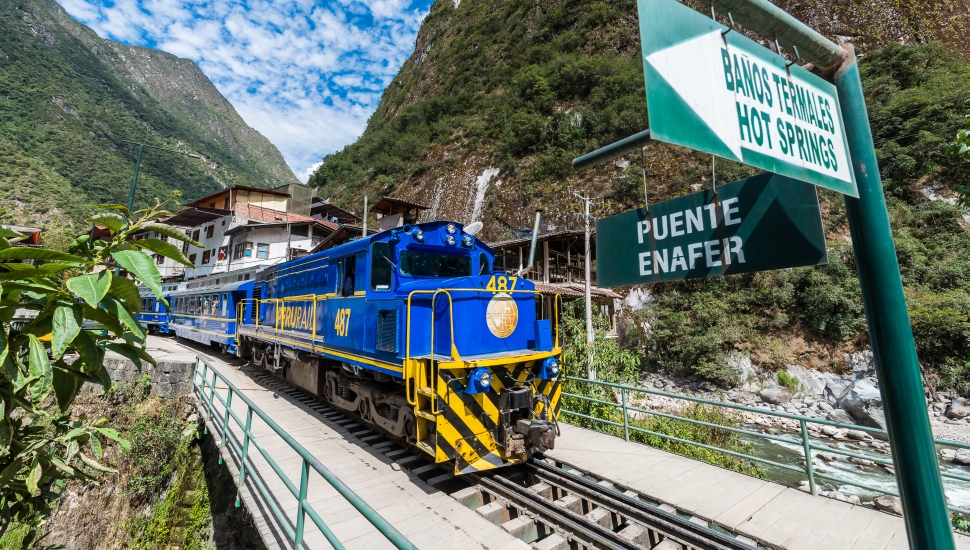 Train in Aguas Caliente, Peru (OSTILL/Bigstock.com)
Train in Aguas Caliente, Peru (OSTILL/Bigstock.com)
We boarded a minibus up to Machu Picchu with our week-out tickets, thinking we would probably be denied access. However, to our astonishment the site staff barely glanced at the tickets and simply waved us through!
The thrill of managing to get in was soon replaced by the excitement of simply being in such a place. Set against the verdant Andean mountains, the beautifully constructed Inca buildings were a sight to behold. Pockets of mist clung to the far mountainsides, adding to the atmosphere.
Could there be a more dramatic location to build a city?
A Different Level
As we explored the Inti Watana, the Temple of the Sun and the Room of the Three Windows, we met many other tourists who had trekked various distances to reach the citadel and who urged us to try it for ourselves. Indeed, tales of their journey captivated us. There are few tourist attractions that I would consider visiting twice, but I have to admit that Machu Picchu is on a different level – literally. I believe I could return to this magical place again and again.
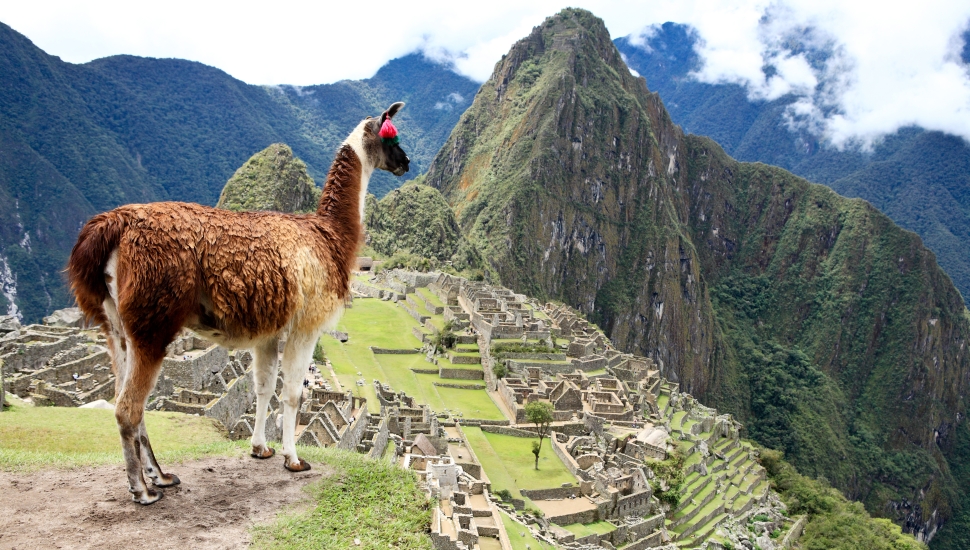
We were fortunate, unlike Burns' mouse or the Inca Empire, that on this occasion we succeeded despite our ‘best laid plans' going askew.
Get a Quote